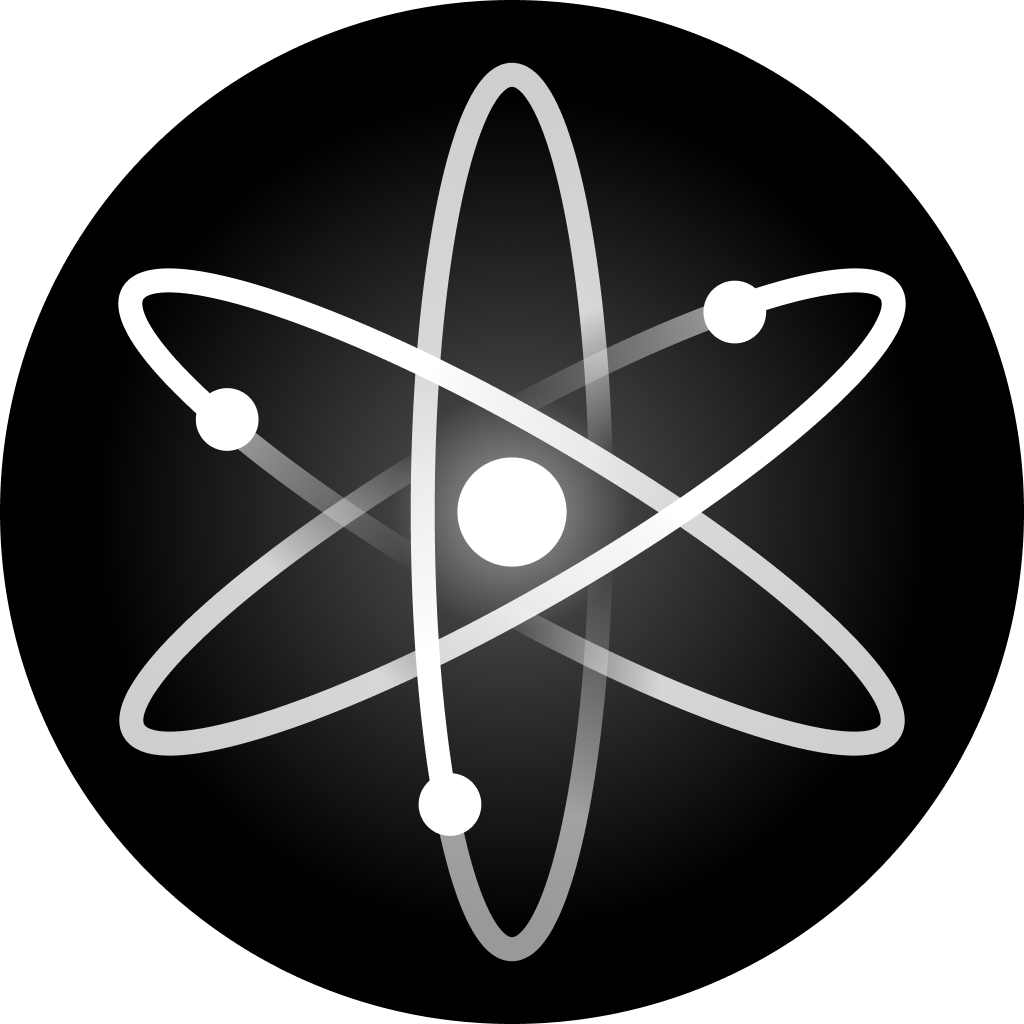
Lisk
Layer 2 blockchain built for founders in high-growth markets, based on the Superchain architecture.
Overview
Lisk is a Layer 2 blockchain platform designed to empower founders and developers in fast-growing markets. It is built on the Superchain architecture, which aims to provide scalable and interoperable blockchain solutions. Lisk focuses on enabling developers to build decentralized applications (dapps) using familiar programming languages and tools, facilitating easier adoption and faster development cycles.
The platform offers a modular framework that supports the creation of custom sidechains connected to the main Lisk network. This architecture allows projects to maintain independence while benefiting from shared security and interoperability features. Lisk targets enterprise blockchain teams and startups looking for a scalable and developer-friendly environment to launch their blockchain solutions.
Developers can get started with Lisk by exploring its comprehensive documentation and open-source SDKs available on GitHub. The platform emphasizes ease of integration and modularity, enabling teams to customize their blockchain applications without deep expertise in low-level blockchain protocols. Lisk’s focus on high-growth markets positions it as a practical choice for projects aiming to scale efficiently while leveraging a Layer 2 solution.
The Problem
Founders and developers in rapidly expanding markets face challenges in building scalable, interoperable blockchain applications that are easy to develop and maintain. Many existing Layer 1 blockchains lack the flexibility and developer-friendly tools needed for fast iteration and growth.
The Solution
Key Features
Custom Sidechains
Allows developers to create independent blockchains tailored to their application needs while connected to the Lisk mainchain.
Open-Source Framework
Fully open-source codebase and tools hosted on GitHub, enabling transparency and community contributions.
Comprehensive Documentation
Detailed guides and API references to support developers in building and deploying dapps on Lisk.
Key Strengths
How Developers Use Lisk
Enterprise Blockchain Solutions
Companies building scalable and interoperable blockchain applications can leverage Lisk’s sidechain model to customize their infrastructure.
Decentralized Application Development
Developers can use Lisk’s SDKs to build dapps in JavaScript, simplifying blockchain development and deployment.
High-Growth Market Startups
Startups targeting emerging markets can utilize Lisk’s scalable Layer 2 platform to rapidly iterate and scale their blockchain products.
Works Well With Cosmos
Cosmos Osmosis
Osmosis Juno
Juno Stargaze
Stargaze Secret Network
Secret Network Axelar
Axelar Evmos
Evmos Neutron
Neutron Injective Protocol
Injective Protocol









Power your next build
Discover trusted tools and services in the QuickNode Marketplace. Everything you need to launch faster and scale smarter.
Lisk Alternatives
Explore web3 competitors and apps like Lisk.

Fuse
Fuse is a public blockchain ecosystem designed for low-cost, scalable Web3 payments and business adoption with a focus on mobile-first and real-world use cases.

Ormi 0xgraph
Mantle Network is an Ethereum Layer 2 blockchain leveraging zero-knowledge proofs and modular architecture to enhance capital efficiency and scalability.
OP Mainnet
Optimism is an open-source Layer 2 scaling solution for Ethereum that enables fast, low-cost transactions with Ethereum-grade security.

Arbitrum Nova
Arbitrum is a suite of Ethereum Layer 2 scaling solutions that enable faster and cheaper decentralized applications through Rollup and AnyTrust protocols.

Cyber
An Ethereum Layer 2 network focused on onchain social primitives, AI integration, and decentralized governance.

Rollux
Optimism is an open-source Layer 2 scaling solution for Ethereum designed to increase throughput and reduce transaction costs while maintaining security.

Fuel
Fuel Ignition is a high-performance Ethereum layer-2 rollup powered by the FuelVM, designed for scalable, parallel transaction execution and low node requirements.

Arbitrum Bridge
Arbitrum is a Layer 2 scaling solution for Ethereum that offers faster, cheaper transactions while maintaining Ethereum-level security through optimistic rollup technology.

Starknet
Starknet is a Layer 2 validity rollup using STARK cryptography to scale Ethereum and enable complex decentralized applications with high security and scalability.

Polygon zkEVM
Polygon zkEVM is the first zero knowledge rollup scaling solution fully equivalent to the Ethereum Virtual Machine, enabling seamless Ethereum smart contract compatibility with lower costs and higher throughput.
Resources
Lisk provides extensive developer resources including detailed documentation and an open-source SDK repository on GitHub to facilitate blockchain development.